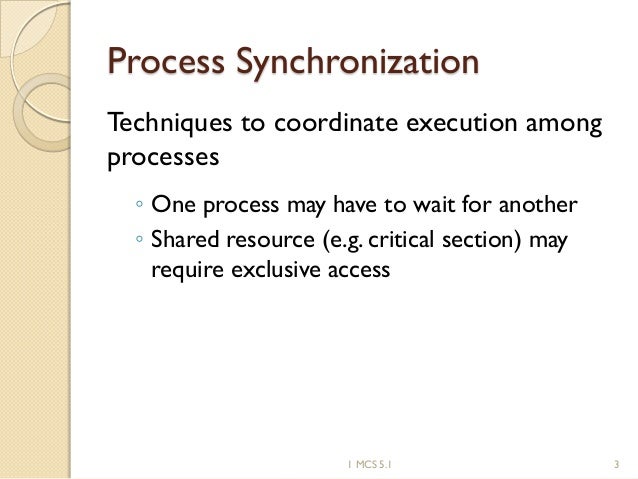Distributed Operating System Pdf
Create a free website or blog at WordPress.com. Advanced-operating-systems-distributed-data-bases-and-multiprocessor-systems-pdf-4438207.pdf - Mukesh Singhal, Niranjan G.Shivaratri. A distributed system is a collection of independent computers. Distributed Operating Systems Distributed Operating Systems Distributed Operating Systems Types of Distributed Computes Multiprocessors Memory Architecture. (i.e., not distributed) operating systems are CP/M,’ MS-DOS,’ and UNIX.3 A distributed operating system is one that looks to its users like an ordinary central- ized operating system but runs on multi- ple, independent central processing units (CPUs). The key concept here is transpar- ency. Distributed Operating System Some characteristics: OSon each computer knowsabout the othercom-puters OS on different computers generally the same.
Index.php?option=com_docman&task=doc_download&gid=135&itemid=171 - • Distributed Operating Systems Concepts and Design, 1997, by Pradee p K. • Design Issues DISTRIBUTED FILE SYSTEMS: Download our distributed operating systems by p k sinha eBooks for free and learn more about distributed operating systems by p k sinha. These books contain exercises and tutorials to improve your practical skills, at all levels! 20 Iso Tank Container Dimensions Programs That Help there. To find more books about distributed operating systems by p k sinha, you can use related keywords: Distributed Operating Systems Pdf P K Sinha, Distributed Operating Systems By P k Sinha Pdf, 01pdf.

Com/distributed-operating-systems-pk- sinha-pdf.html, P.k. Sinha Distributed Operating System, P.k. Sinha Distributed Operating System, P.k. Sinha Distributed Operating System, Distributed Operating System By P K Sinha Pdf, Distributed Operating System By P k Sinha Pdf, P K Sinha Distributed Operating System Pdf, Distributed Operating System By P.k. Sinha Pdf You can download PDF versions of the user's guide, manuals and ebooks about distributed operating systems by p k sinha, you can also find and download for free A free online manual (notices) with beginner and intermediate, Downloads Documentation, You can download PDF files (or DOC and PPT) about distributed operating systems by p k sinha for free, but please respect copyrighted ebooks. Try similar keywords Similar Books All books are the property of their respective owners.
This site does not host pdf, DOC files all document are the property of their respective owners. Please respect the publisher and the author for their creations if their books are copyrighted.
A distributed operating system is a software over a collection of independent,,, and physically separate computational nodes. They handle jobs which are serviced by multiple CPUs. Each individual node holds a specific software subset of the global aggregate operating system. Each subset is a composite of two distinct service provisioners. The first is a ubiquitous minimal, or, that directly controls that node’s hardware. Second is a higher-level collection of system management components that coordinate the node's individual and collaborative activities. These components abstract microkernel functions and support user applications.
The microkernel and the management components collection work together. They support the system’s goal of integrating multiple resources and processing functionality into an efficient and stable system. Coolsand Driver. This seamless integration of individual nodes into a global system is referred to as transparency, or; describing the illusion provided to users of the global system’s appearance as a single computational entity. Structure of monolithic kernel, microkernel and hybrid kernel-based operating systems A distributed OS provides the essential services and functionality required of an OS but adds attributes and particular to allow it to support additional requirements such as increased scale and availability. To a user, a distributed OS works in a manner similar to a single-node,. That is, although it consists of multiple nodes, it appears to users and applications as a single-node. Separating minimal system-level functionality from additional user-level modular services provides a “.” Mechanism and policy can be simply interpreted as 'what something is done' versus 'how something is done,' respectively.
This separation increases flexibility and scalability. Overview [ ] The kernel [ ]. This article needs attention from an expert in Computing.
The specific problem is: See questions asked as comments in the 'kernel' section. May be able to help recruit an expert. (January 2012) At each (typically a node), the kernel provides a minimally complete set of node-level utilities necessary for operating a node’s underlying hardware and resources. These mechanisms include allocation, management, and disposition of a node’s resources, processes, communication, and management support functions.
Within the kernel, the communications sub-system is of foremost importance for a distributed OS. In a distributed OS, the kernel often supports a minimal set of functions, including low-level management, management, and (IPC). A kernel of this design is referred to as a microkernel. Its modular nature enhances reliability and security, essential features for a distributed OS. It is common for a kernel to be identically replicated over all nodes in a system and therefore that the nodes in a system use similar hardware. The combination of minimal design and ubiquitous node coverage enhances the global system's extensibility, and the ability to dynamically introduce new nodes or services. System management components overview System management [ ] System management components are software processes that define the node's policies.





